It seems we can’t find what you’re looking for. Perhaps searching can help.
Sign Up for newsletter!
Subscribe to get the latest eBook!
Hotline






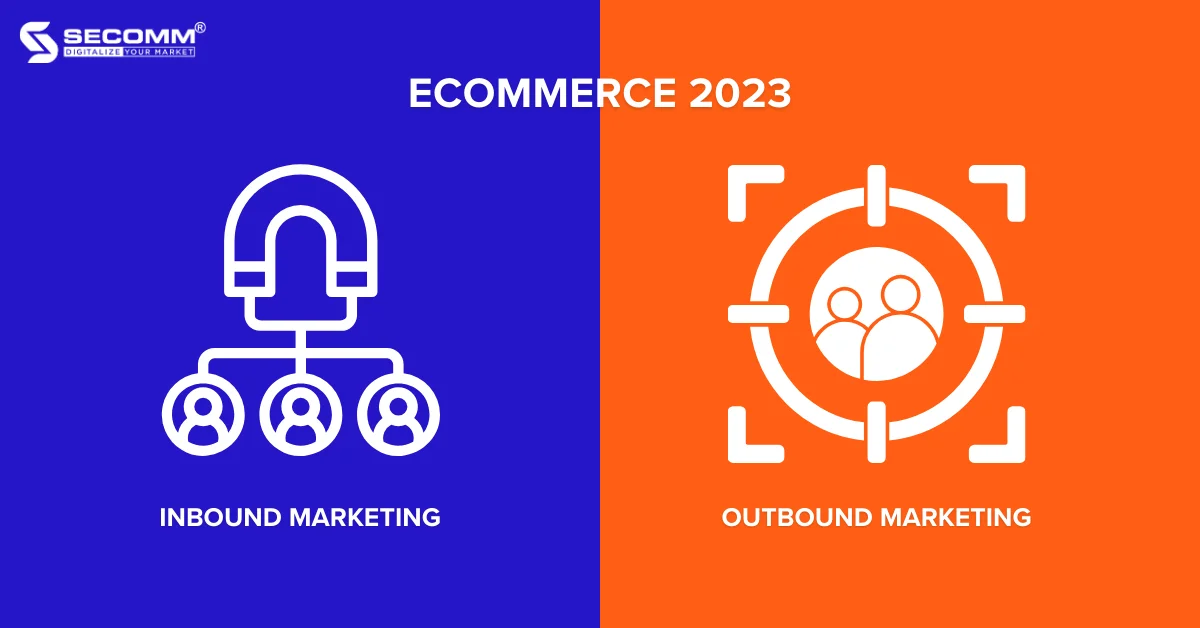
Inbound Marketing and Outbound Marketing are two widely used marketing approaches that businesses often mix. Although they are common, many businesses still need to distinguish between these two types of marketing. Which is the most suitable strategy for businesses to implement Inbound Marketing and Outbound Marketing in the eCommerce world?
Inbound Marketing is a marketing approach that focuses on engaging customers by offering valuable content and delivering a meaningful customer experience.
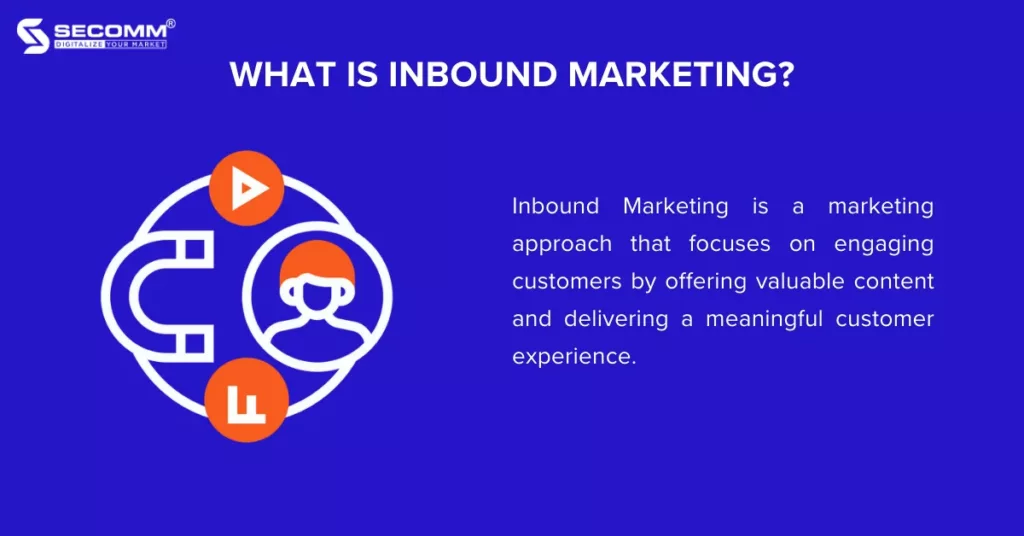
Key strategies employed in Inbound Marketing include:
Outbound Marketing is a conventional marketing approach where businesses proactively reach out to customers by sending marketing messages to a broad targeted audience.
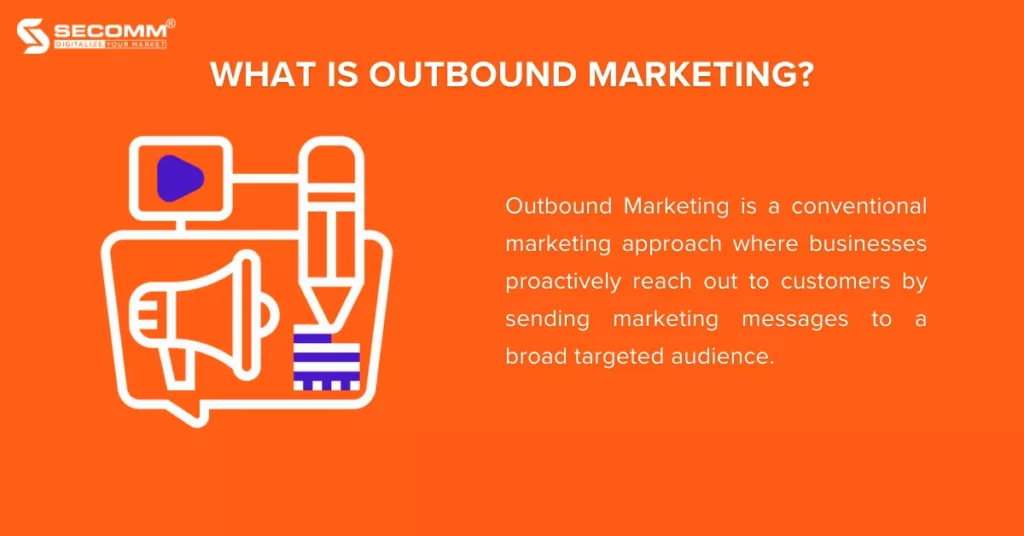
Here are some primary methods employed in Outbound Marketing:
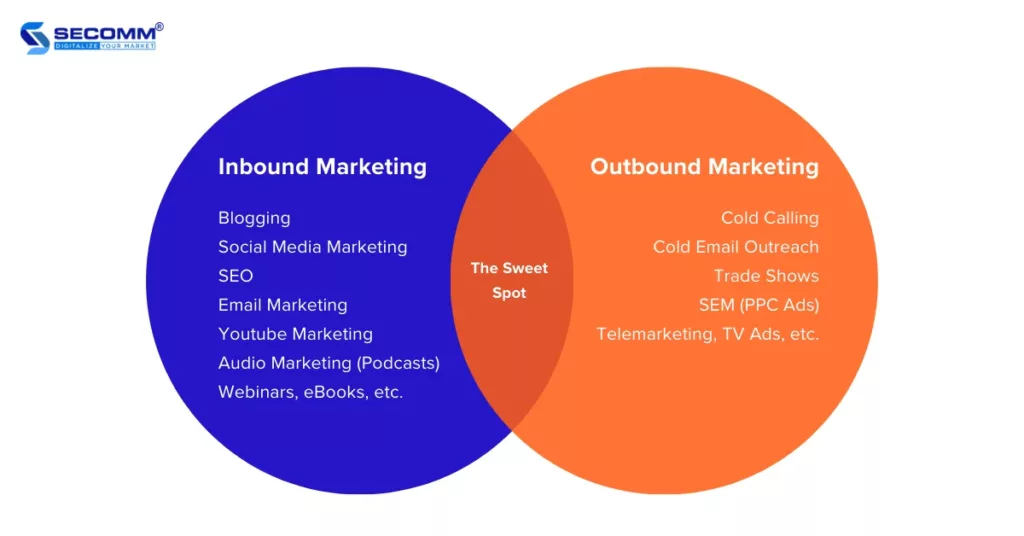
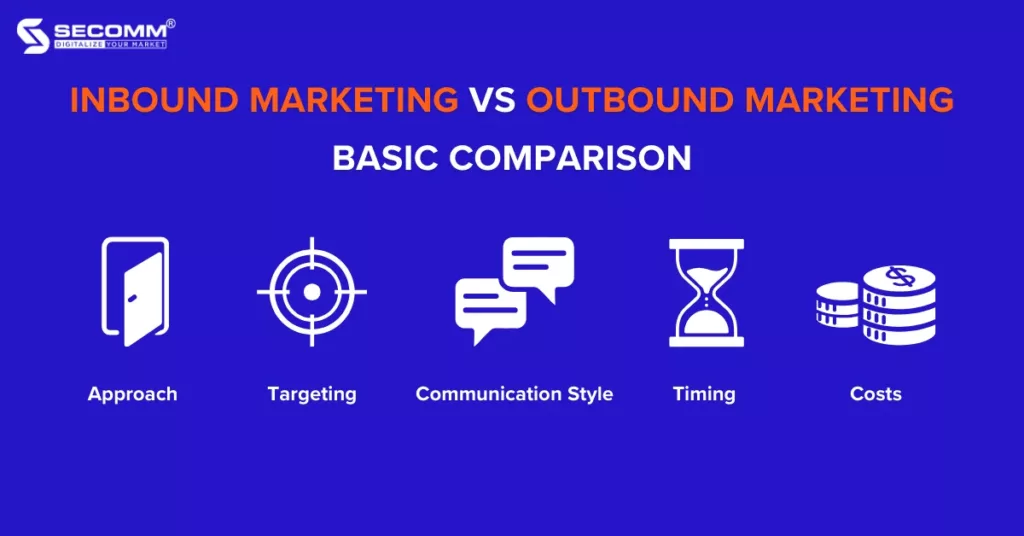
Inbound Marketing centers around the customer, prioritizing the attraction of potential customers through valuable content and experiences. In the realm of eCommerce, Inbound Marketing primarily revolves around establishing relationships and engaging with customers through the business’s website or eCommerce app.
Conversely, Outbound Marketing takes a product-centric approach, aiming to send marketing messages to a wider audience. Outbound Marketing involves reaching potential customers through diverse channels like advertising, direct mail, or telemarketing.
Inbound Marketing focuses on attracting and connecting with specific, targeted audiences through the creation of relevant and valuable content. Its goal is to draw in potential customers actively seeking information or solutions related to the business’s products or services.
On the other hand, Outbound Marketing establishes a broader network and targets a wider audience, typically relying on demographics or general interests. The goal of Outbound Marketing is to reach a large number of people with the hope of grabbing the attention of potential customers.
Inbound Marketing promotes two-way communication, where businesses actively participate in conversations with potential customers, giving priority to listening, understanding customer needs, and offering valuable information or solutions.
Outbound Marketing typically involves one-way communication, with businesses delivering marketing messages to the audience without immediate interaction. The primary objective is to raise awareness and generate interest in the business’s products or services.
Inbound Marketing tends to have a long-term orientation as it revolves around building trust and credibility over time, nurturing potential customers until they are ready to make a purchase. However, it may require some time to see results.
On the other hand, Outbound Marketing is typically linked to immediate outcomes or short-term goals. Its primary focus is on generating potential customers or immediate sales by actively promoting products and services through channels such as paid advertising or telemarketing.
Inbound Marketing can offer long-term cost savings as this strategy relies on creating valuable content, optimizing online presence, and leveraging channels that the business controls, such as optimizing the eCommerce website/app, SEO, and managing social media pages. While it may require an initial investment of resources and time, the returns on this investment can be significant over time.
Conversely, Outbound Marketing often entails upfront expenses, such as advertising costs. The expenses can vary depending on the selected channels and the scale of the target audience.
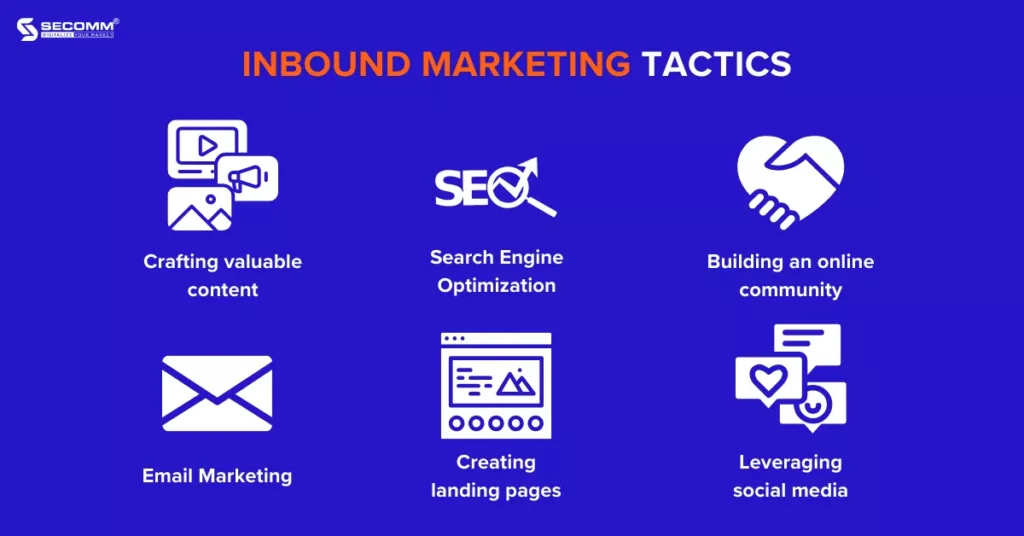
In the world of eCommerce, Inbound Marketing employs the principles and strategies of Inbound Marketing to attract and engage potential customers. Here are several common Inbound Marketing methods applied in eCommerce:
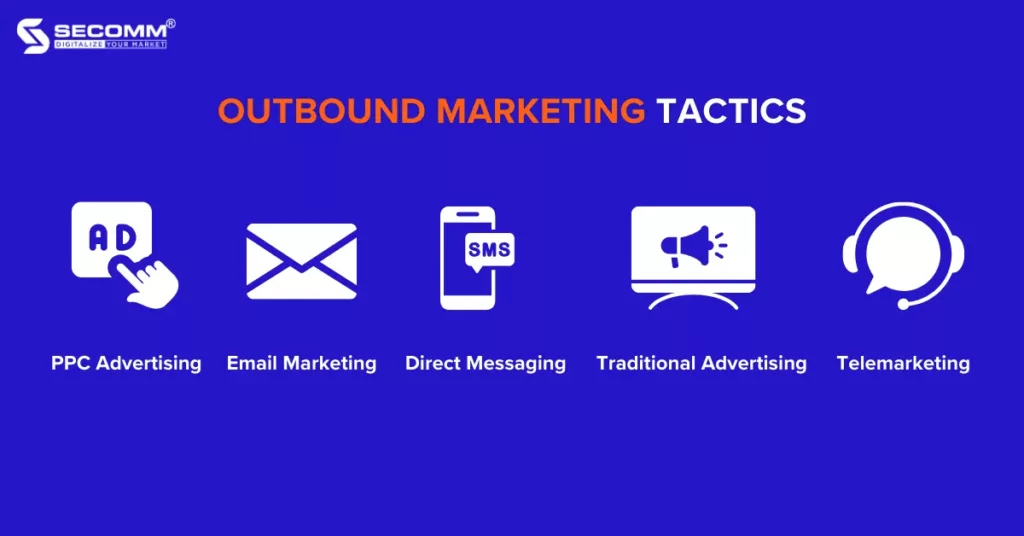
In the eCommerce world, Outbound Marketing employs the methods and strategies of Outbound Marketing to build brand recognition among a broad customer base with the objective of boosting online sales. Here are some common Outbound Marketing techniques typically utilized in eCommerce:
In essence, Outbound Marketing in eCommerce can rapidly establish brand recognition and reach a large online audience, but it also necessitates consideration of effectiveness and the response of potential customers, with the ultimate goal of increasing online sales.
Here is a summary of the basic information about Inbound Marketing and Outbound Marketing in eCommerce. Depending on their individual needs, businesses will allocate time and budget for Inbound Marketing and Outbound Marketing accordingly.
Contact or call the SECOMM hotline at 02871089908 today for a free consultation on the implementation of eCommerce Marketing.
 2
2
 11,125
11,125
 0
0
 1
1Subscribe to get the latest eBook!
Hotline